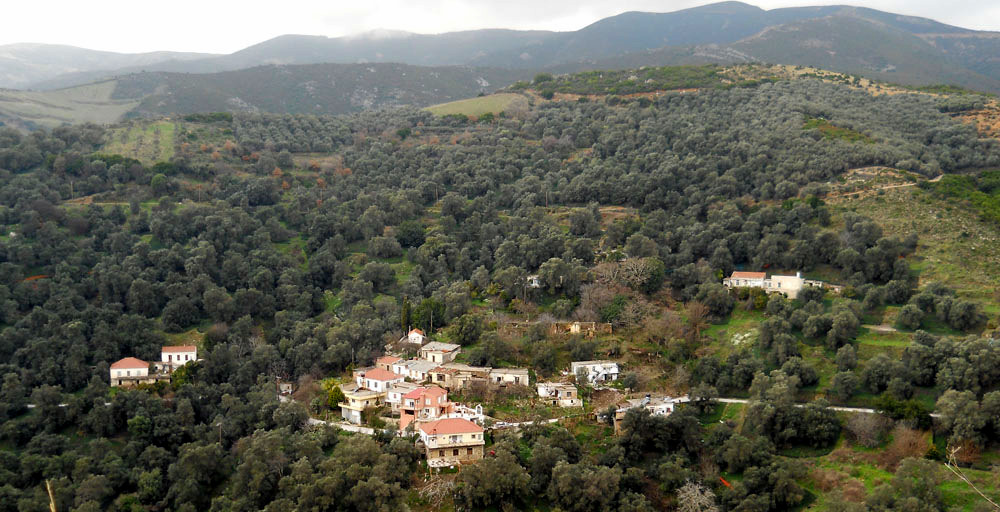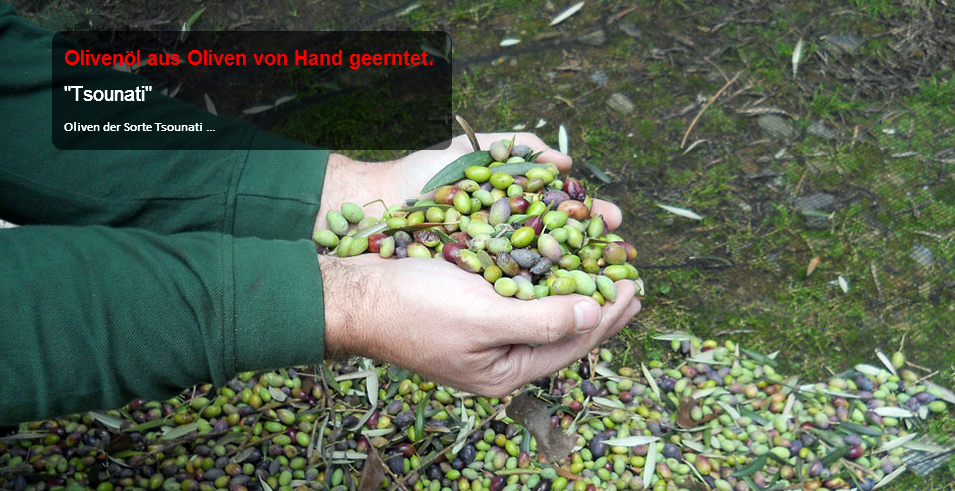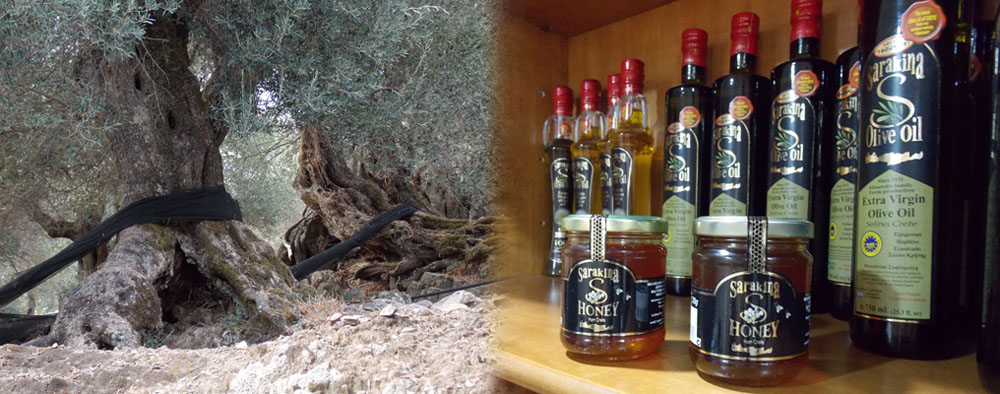Olives !
With almost 90%, the Koroneiki olive is the most common olive tree species in Crete. In some regional districts you can also find rare sorts such as the Tsounati olive in the Chania district, Thrumbolia in Rethymno and the Chondolia in Heraklion.

The yield of an olive tree varies, for example the yield of a Koroneiki olive tree is between 40-60 kgs. Tsounati olive trees, which are mostly 500 years old with a height of about 10 meters have a yield of up to 110 kgs per tree. To produce 1 liter of olive oil approx. 5 kgs of olives are needed. Unfortunately, the Tsounates only bear fruit every two years. Harvesting the Tsounates is much more complex because they are located in higher regions and it is very difficult to transport them in sacks on the steep trails. In the southwest of Crete most olive trees are very old, some of them over 1,000 years or even older.
The Tsounates grow only in the southwest of Crete and, as already mentioned, only bear fruit every two years. Since its blossom takes place from end of April to beginning of May, and it also carries fruits at the same time, the tree takes a short break in the following year only to come up with another great harvest the following year. Thus, there is no exploitation of the tree, it maintains its natural rhythm – and you can feel and taste that in its fruits.

Tsounates are harvested and produced differently. They are the „nobles“ among the olives. To harvest them, the usual harvesting techniques (hitting the tree) are not applicable because the tree could be injured. Typically it is waited until the fruits have ripened and the tree begins to drop its fruits which are then collected from the ground. This method can take up to 6-7 months of harvesting, from early November to late May.

The total annual production in Crete should exceed 100,000 tons. The total number of olive trees is estimated at being about 30 million. Anyone who has been to Crete and has visited the region of southwest Crete with its almost complete olive tree forests, can imagine that this incredibly high number reflects reality. Counting the olive trees in Crete would be a life’s work!
The conditions of western Crete with its ideal soils and extreme sun exposure are perfect for the olive trees. There is hardly a Cretan family in the country who is not involved in olive harvesting.
Delicious: olives from Crete.

